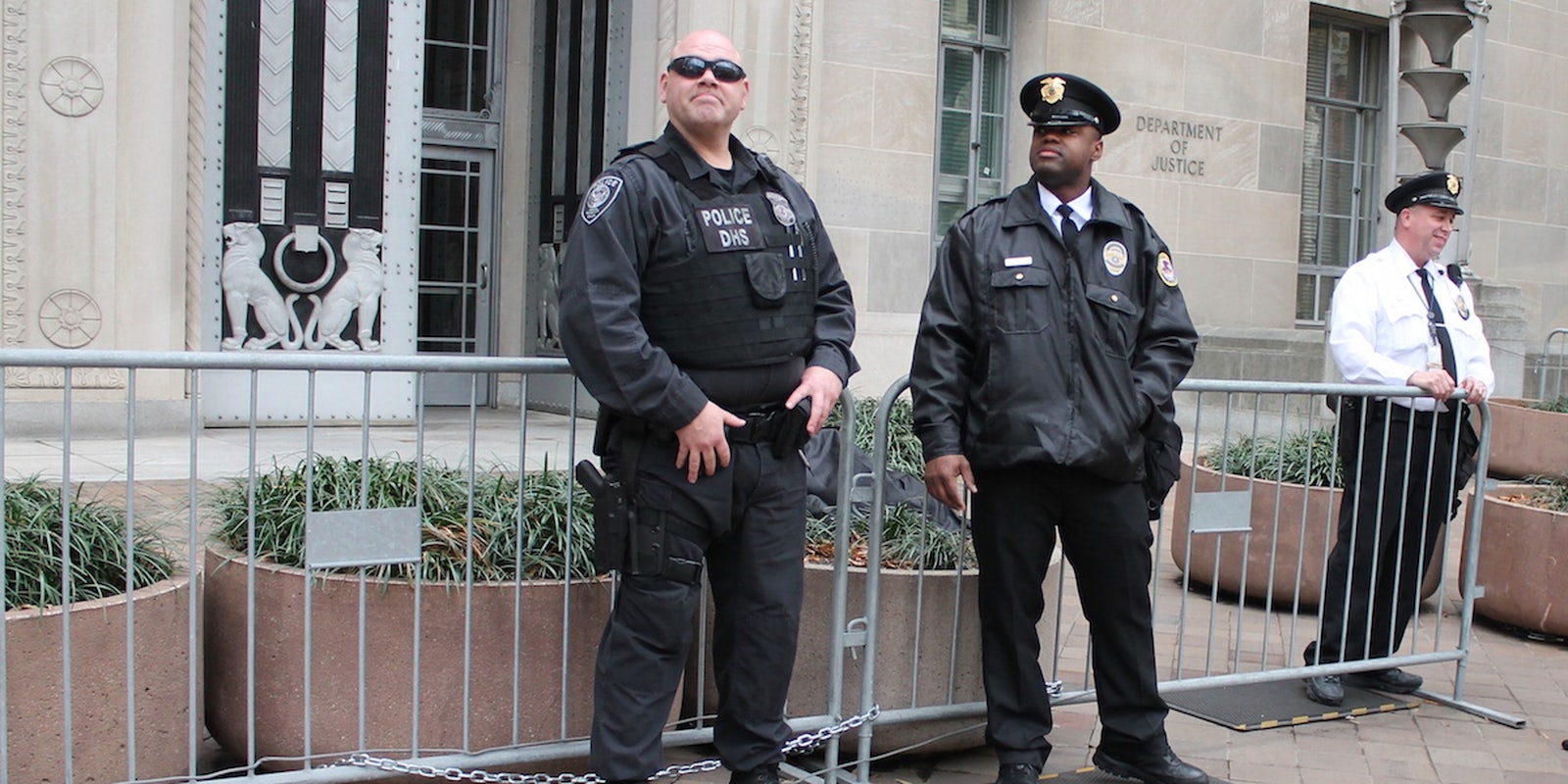In the wake of the police-involved death of 25-year-old Freddie Gray and the horrific slaying of 50-year-old Walter Scott, the U.S. Department of Justice announced a $20 million program to help equip America’s police departments with on-officer cameras.
The pilot program, part of a three-year investment of more than $75 million proposed by President Obama in December, aims to provide as many as 50,000 new “body cams” to law enforcement agencies nationwide.
The package includes $17 million toward the purchase of the equipment and $2 million for training and technical assistance. An additional $1 million will be invested to aid in the development of “evaluation tools to study best practices,” according to the DOJ.
Denise O’Donnell, director of the Bureau of Justice Assistance, a component of the DOJ, called the body-worn cameras a “valuable tool for improving police-citizen relationships.”
BJA is expected to take point in the process of acclimating the nation’s police force to the new technology, which has been viewed almost universally as a positive step toward solving many issues of accountability and transparency underscored by a high number of deaths of men and women in police custody.
Lawmakers, police chiefs, and civil rights leaders have been mostly united in the call for the immediate adoption of body-cameras. Many major U.S. cities already have pilot programs in place, including New York, San Francisco, and Los Angeles.
Not every city has been quick to jump on board, however. A bipartisan measure that would have expanded the use of on-officer cameras failed in the Colorado state Senate on Friday, despite overwhelming support from law enforcement.
The DOJ says that it expects to provide funding to 50 law enforcement agencies, one-third of which will be directed toward smaller departments. The funding will not fulfill all of the cities’ financial needs, however; the federal government is only promising to price match, or cover 50 percent, of the costs.
Additionally, police agencies will have to consider the long-term costs of associated with the technology, which include maintenance and the storage of video amassed by their officers. Taser, a leading U.S. supplier of on-officer equipment, offers an optional cloud storage service hosted by Amazon that also includes tools for editing and maintaining footage.
The DOJ said it will launch a toolkit for the “Body-Worn Camera Pilot Partnership Program,” or BWC, in May. “The toolkit will focus on implementation requirements, retention issues, policy concerns, interests of prosecutors, victim and privacy advocates’ concerns, along with community engagement and funding considerations.”
Meanwhile, state legislators across the country are juggling the urgency to implement the cameras with the need for laws that govern how accessible the footage will be to members of the press and public.
Last month, Washington D.C. Mayor Muriel Bowser began pursuing a blanket exemption for the footage under the Freedom of Information Act, which would drastically limit its availability to the public. The move has been denounced by the American Civil Liberties Union, which has drafted its own comprehensive policy recommendations.
“Although we generally take a dim view of the proliferation of surveillance cameras in American life, police on-body cameras are different because of their potential to serve as a check against the abuse of power by police officers,” ACLU Senior Policy Analyst Jay Stanley told the Daily Dot in an interview last month.
Stanley is the author of a widely read white paper that details his organization’s position on the use of on-officer cameras, which provides lawmakers and police departments with advice on how to walk the tightrope between open government and privacy.
Photo by Elvert Barnes/Flickr (CC BY SA 2.0)


